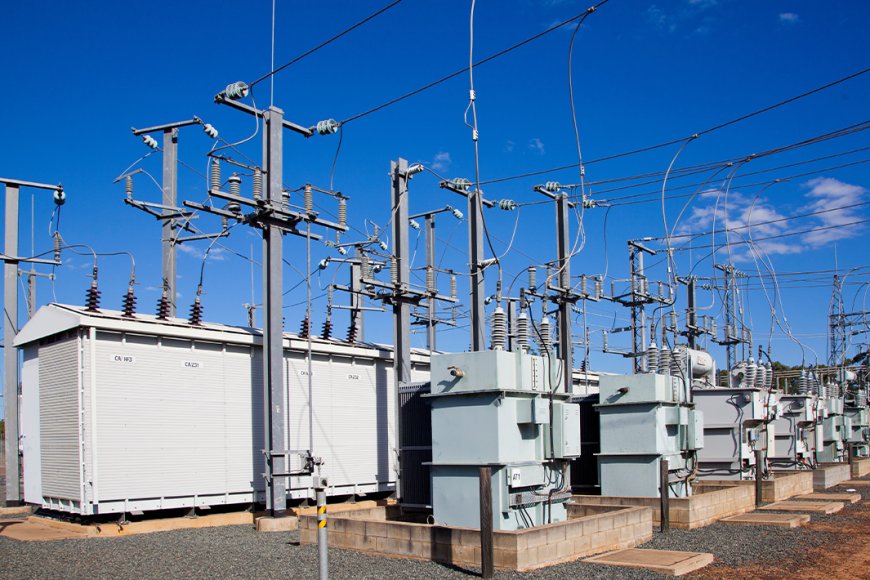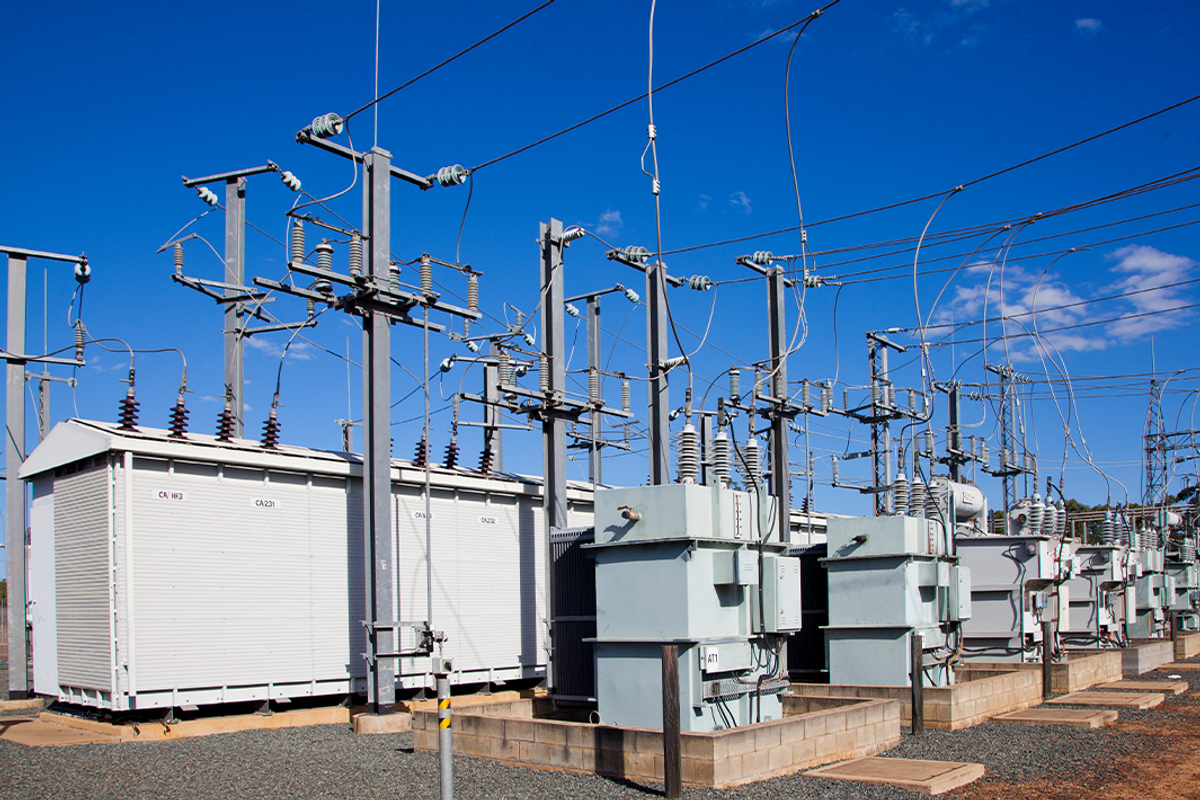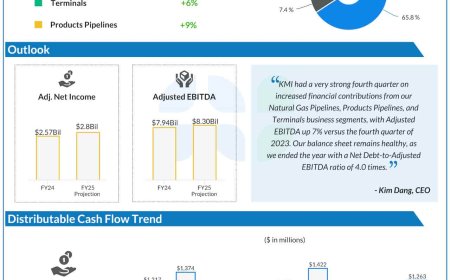Hydrogen's Role in Addressing Australia’s Energy Crisis
Faced by challenges of a continuing energy crisis, Australia stands at a pivotal crossroads in its transition towards a low-carbon future. This article delves into the critical role that clean hydrogen could play in addressing Australia's energy challenges. For investors, understanding these developments is crucial, as they represent not only a shift in national energy policy but also significant opportunities in an emerging market. Australia’s energy crisis is characterised by gas shortages and soaring prices that have persisted into 2023. This predicament stems from a combination of factors, including delayed maintenance of generation plants, flooding of coal mines, high international prices for natural gas and coal and increased demand during colder weather. These pressures have caused substantial disruptions in the energy supply chain, severely affecting the stability of the country's east coast energy market.While the Australian Energy Regulators have noted some improvements compared to the previous year, many vulnerabilities persist. Gas and electricity supply issues remain critical, prompting discussions around the need for expedited government reviews of energy reliability and infrastructure investments. The ongoing crisis poses serious concerns not only for energy security but also for the broader economy, with predictions suggesting that energy costs could further drive inflation and impact growth prospects.In light of these challenges, Australia urgently needs to diversify its energy portfolio and develop low-carbon alternatives. The lack of developed reserves and the increasing pressure to meet emissions targets have turned attention towards innovative energy solutions, with clean hydrogen emerging as a promising contender in the transition to a more sustainable energy future.Hydrogen: A path to clean energy transitionClean hydrogen has gained significant traction as a lower-carbon solution capable of addressing Australia's energy crisis while aligning with global sustainability goals. As a versatile energy carrier, hydrogen can be produced through various methods, with "green" hydrogen — produced using renewable energy sources — being the most environmentally friendly option.The potential of hydrogen in the global energy transition is reflected in impressive market projections. The global hydrogen market, valued at approximately US$204.5 billion in 2024, is expected to grow at a compound annual growth rate (CAGR) of 12.3 percent from 2025 to 2034. More specifically, the green hydrogen market size, currently pegged at US$7.98 billion, is projected to grow at a CAGR of 38.5 percent from 2025 to 2030, underscoring the robust growth anticipated as governments and industries prioritise low-emission energy solutions.The International Energy Agency forecasts that low-emissions hydrogen production could reach 49 million tonnes per annum by 2030, an increase of nearly 30 percent from previous estimates. This growth is crucial for developing hydrogen production capacity that not only meets domestic needs but also positions countries like Australia to become exporters of hydrogen-based fuels and materials.Clean hydrogen's role extends beyond energy solutions; it is pivotal in reducing CO2 emissions, particularly in heavy industries. The sector's expansion is supported through targeted government policies that encourage investment and create demand for low-emission hydrogen, aligning with global emissions-reduction goals and energy independence initiatives.Strategic investments in clean energy solutionsAs Australia navigates its energy transition, forward-thinking companies are positioning themselves at the forefront of clean energy innovation. BPH Energy (ASX:BPH), listed on the Australian Securities Exchange, serves as a prime example of strategic investment in the burgeoning hydrogen sector.BPH Energy has made significant strides in the clean energy sector, particularly in hydrogen technologies, through its investment in Clean Hydrogen Technologies, aligning with the wider industry trend toward lower-carbon solutions. As of December 2023, BPH holds a 19.5 percent ownership interest in Clean Hydrogen Technologies, bolstered by a series of investments including a recent commitment of an additional US$250,000.In June 2023, BPH announced that Clean Hydrogen Technologies and its subsidiary Onshore Energy entered into a hydrocarbon process agreement, signaling a collaborative phase to enhance hydrogen technology deployment. This partnership aims to streamline processes which could facilitate the commercialisation of hydrogen technologies, an essential aspect of Australia's broader clean energy goals.BPH Energy's strategic moves reflect an anticipation of a booming hydrogen market, projected to expand as governments worldwide enforce stricter emissions regulations and demonstrate a commitment to achieving climate neutrality. By positioning itself as a key player in the transition to clean energy through subs


Faced by challenges of a continuing energy crisis, Australia stands at a pivotal crossroads in its transition towards a low-carbon future. This article delves into the critical role that clean hydrogen could play in addressing Australia's energy challenges.
For investors, understanding these developments is crucial, as they represent not only a shift in national energy policy but also significant opportunities in an emerging market.
Australia’s energy crisis is characterised by gas shortages and soaring prices that have persisted into 2023. This predicament stems from a combination of factors, including delayed maintenance of generation plants, flooding of coal mines, high international prices for natural gas and coal and increased demand during colder weather. These pressures have caused substantial disruptions in the energy supply chain, severely affecting the stability of the country's east coast energy market.
While the Australian Energy Regulators have noted some improvements compared to the previous year, many vulnerabilities persist. Gas and electricity supply issues remain critical, prompting discussions around the need for expedited government reviews of energy reliability and infrastructure investments. The ongoing crisis poses serious concerns not only for energy security but also for the broader economy, with predictions suggesting that energy costs could further drive inflation and impact growth prospects.
In light of these challenges, Australia urgently needs to diversify its energy portfolio and develop low-carbon alternatives. The lack of developed reserves and the increasing pressure to meet emissions targets have turned attention towards innovative energy solutions, with clean hydrogen emerging as a promising contender in the transition to a more sustainable energy future.
Hydrogen: A path to clean energy transition
Clean hydrogen has gained significant traction as a lower-carbon solution capable of addressing Australia's energy crisis while aligning with global sustainability goals. As a versatile energy carrier, hydrogen can be produced through various methods, with "green" hydrogen — produced using renewable energy sources — being the most environmentally friendly option.
The potential of hydrogen in the global energy transition is reflected in impressive market projections. The global hydrogen market, valued at approximately US$204.5 billion in 2024, is expected to grow at a compound annual growth rate (CAGR) of 12.3 percent from 2025 to 2034. More specifically, the green hydrogen market size, currently pegged at US$7.98 billion, is projected to grow at a CAGR of 38.5 percent from 2025 to 2030, underscoring the robust growth anticipated as governments and industries prioritise low-emission energy solutions.
The International Energy Agency forecasts that low-emissions hydrogen production could reach 49 million tonnes per annum by 2030, an increase of nearly 30 percent from previous estimates. This growth is crucial for developing hydrogen production capacity that not only meets domestic needs but also positions countries like Australia to become exporters of hydrogen-based fuels and materials.
Clean hydrogen's role extends beyond energy solutions; it is pivotal in reducing CO2 emissions, particularly in heavy industries. The sector's expansion is supported through targeted government policies that encourage investment and create demand for low-emission hydrogen, aligning with global emissions-reduction goals and energy independence initiatives.
Strategic investments in clean energy solutions
As Australia navigates its energy transition, forward-thinking companies are positioning themselves at the forefront of clean energy innovation. BPH Energy (ASX:BPH), listed on the Australian Securities Exchange, serves as a prime example of strategic investment in the burgeoning hydrogen sector.
BPH Energy has made significant strides in the clean energy sector, particularly in hydrogen technologies, through its investment in Clean Hydrogen Technologies, aligning with the wider industry trend toward lower-carbon solutions. As of December 2023, BPH holds a 19.5 percent ownership interest in Clean Hydrogen Technologies, bolstered by a series of investments including a recent commitment of an additional US$250,000.
In June 2023, BPH announced that Clean Hydrogen Technologies and its subsidiary Onshore Energy entered into a hydrocarbon process agreement, signaling a collaborative phase to enhance hydrogen technology deployment. This partnership aims to streamline processes which could facilitate the commercialisation of hydrogen technologies, an essential aspect of Australia's broader clean energy goals.
BPH Energy's strategic moves reflect an anticipation of a booming hydrogen market, projected to expand as governments worldwide enforce stricter emissions regulations and demonstrate a commitment to achieving climate neutrality. By positioning itself as a key player in the transition to clean energy through substantial investments in hydrogen technologies, BPH Energy provides a promising outlook for investors interested in sustainable energy sectors.
Investment appeal in the evolving energy landscape
The compelling case for investing in emerging energy technologies, particularly in clean hydrogen, is driven by several factors that highlight its growth potential and strategic importance in the global energy transition:
- Market growth projections: The anticipated expansion of the hydrogen market, with projections indicating substantial growth over the next decade, presents a significant opportunity for investors to capitalise on this emerging sector.
- Policy support: Governments worldwide are implementing policies to encourage investment in low-emission hydrogen production and create demand for hydrogen-based solutions, providing a supportive environment for industry growth.
- Emissions-reduction potential: As industries and governments seek to meet ambitious emissions targets, clean hydrogen offers a viable solution for decarbonising sectors that are difficult to electrify, such as heavy industry and long-haul transport.
- Energy security: Investing in clean hydrogen contributes to energy diversification and independence, reducing reliance on traditional fossil fuels and enhancing national energy security.
- Technological advancements: Ongoing research and development in hydrogen production, storage and utilisation are driving down costs and improving efficiency, making hydrogen increasingly competitive with conventional energy sources.
- Export opportunities: Countries with abundant renewable energy resources, like Australia, have the potential to become major exporters of clean hydrogen, opening up new economic opportunities.
Investor takeaway
The continuously evolving global energy landscape is creating new investment opportunities in the clean hydrogen space, representing not just a potential solution to immediate energy crises but also a strategic positioning for the future of energy. Companies like BPH Energy, through their targeted investments in hydrogen technologies, are at the forefront of this transition, offering investors exposure to a sector poised for significant growth and impact.
As Australia grapples with its energy crisis and seeks to transition towards a low-carbon future, clean hydrogen emerges as a promising solution with substantial investment potential. The convergence of market growth projections, supportive policies and the pressing need for sustainable energy alternatives creates a compelling narrative for investors looking to participate in the clean energy revolution.
This INNSpired article is sponsored by BPH Energy (ASX:BPH). This INNSpired article provides information which was sourced by the Investing News Network (INN) and approved by BPH Energy in order to help investors learn more about the company. BPH Energy is a client of INN. The company’s campaign fees pay for INN to create and update this INNSpired article.
This INNSpired article was written according to INN editorial standards to educate investors.
INN does not provide investment advice and the information on this profile should not be considered a recommendation to buy or sell any security. INN does not endorse or recommend the business, products, services or securities of any company profiled.
The information contained here is for information purposes only and is not to be construed as an offer or solicitation for the sale or purchase of securities. Readers should conduct their own research for all information publicly available concerning the company. Prior to making any investment decision, it is recommended that readers consult directly with BPH Energy and seek advice from a qualified investment advisor.











































